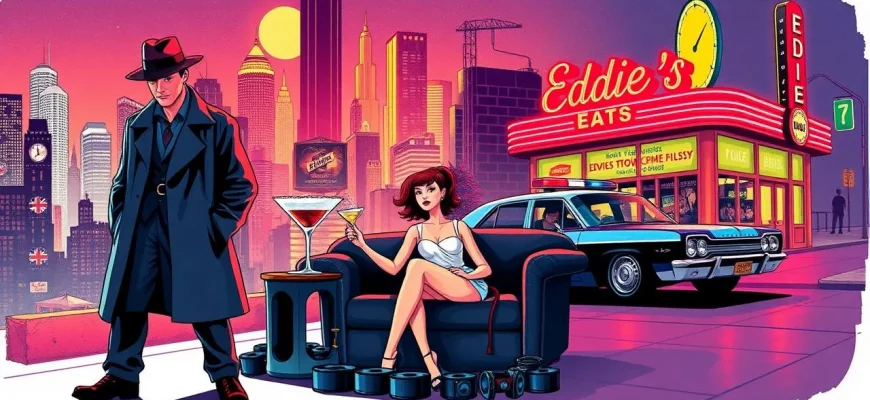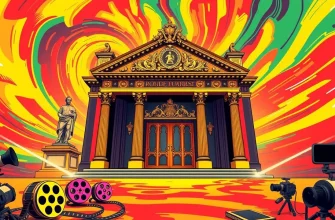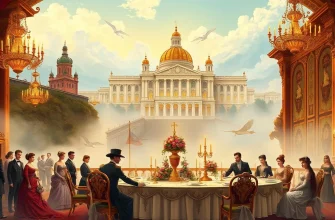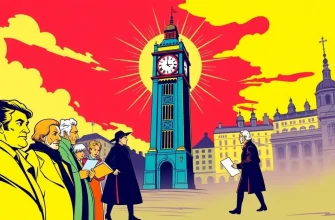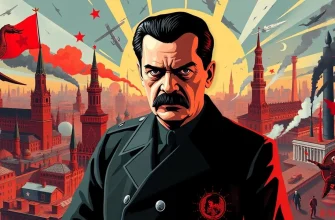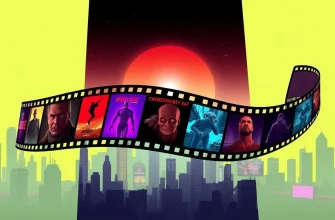The 1960s were a time of great social change, political tension, and cultural revolution, all of which provided fertile ground for the thriller genre. This curated list of ten films from the 1960s not only offers a thrilling experience but also serves as a time capsule, reflecting the era's atmosphere, fears, and fascinations. From espionage to psychological tension, these films encapsulate the spirit of the decade, providing both entertainment and a glimpse into the past.

Psycho (1960)
Description: Alfred Hitchcock's masterpiece about a secretary who embezzles money and ends up at the infamous Bates Motel, where she encounters the enigmatic Norman Bates.
Fact: Hitchcock bought up every copy of the novel to keep the plot twist a secret, and he insisted that no one be admitted to the theater once the film had started.
 Watch Now
Watch Now

The Manchurian Candidate (1962)
Description: This political thriller delves into the paranoia of the Cold War era, where a former Korean War POW is brainwashed to become an unwitting assassin.
Fact: The film was so controversial that it was withdrawn from circulation after the assassination of President John F. Kennedy, only to be re-released in
 Watch Now
Watch Now

The Bedford Incident (1965)
Description: A tense drama about a US naval destroyer on a mission to find a Soviet submarine during the Cold War, leading to a potential nuclear confrontation.
Fact: The film was shot on board a real US Navy destroyer, the USS Bedford.
 Watch Now
Watch Now
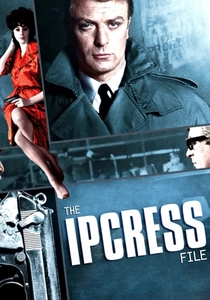
The Ipcress File (1965)
Description: Michael Caine stars as Harry Palmer, a British intelligence officer tasked with investigating a brainwashing scheme during the Cold War.
Fact: The film was one of the first to feature a working-class spy, contrasting with the suave, upper-class James Bond.
 Watch Now
Watch Now
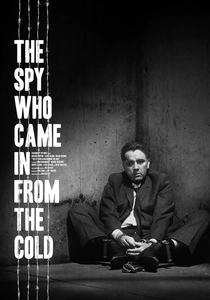
The Spy Who Came in from the Cold (1965)
Description: Based on John le Carré's novel, this film follows a British agent who pretends to defect to East Germany to uncover a mole in British intelligence.
Fact: The film was shot on location in London and Berlin, adding authenticity to its Cold War setting.
 Watch Now
Watch Now
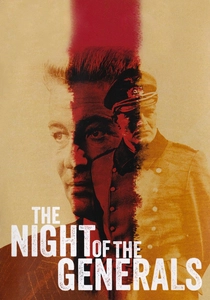
The Night of the Generals (1967)
Description: This film blends war drama with a murder mystery, set during World War II, where a Polish detective investigates a series of murders linked to German generals.
Fact: It was one of the first films to depict the Warsaw Uprising of
 Watch Now
Watch Now
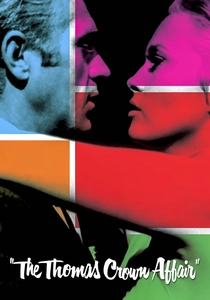
The Thomas Crown Affair (1968)
Description: A sophisticated heist thriller where a millionaire masterminds a bank robbery for the thrill, only to find himself pursued by an insurance investigator.
Fact: The film was notable for its split-screen technique, which was used to show simultaneous actions.
 Watch Now
Watch Now

The Kremlin Letter (1970)
Description: Although released in 1970, this film is set in the late 1960s, involving a complex espionage plot to retrieve a letter from the Kremlin.
Fact: The film features an ensemble cast and was directed by John Huston, known for his work in film noir and thrillers.
 Watch Now
Watch Now
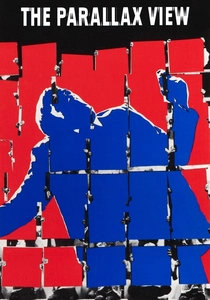
The Parallax View (1974)
Description: While released in 1974, the film's plot and themes are deeply rooted in the political paranoia of the 1960s, focusing on a journalist investigating a series of political assassinations.
Fact: The film was inspired by the real-life assassinations of the 1960s, including those of JFK, RFK, and Martin Luther King Jr.
 Watch Now
Watch Now
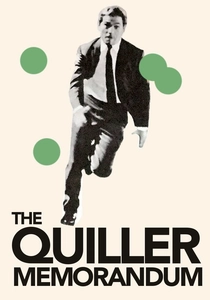
The Quiller Memorandum (1966)
Description: A British agent in Berlin must uncover a neo-Nazi organization, navigating through a web of deceit and danger.
Fact: The film was shot on location in Berlin, showcasing the city's divided state during the Cold War.
 30 Days Free
30 Days Free

